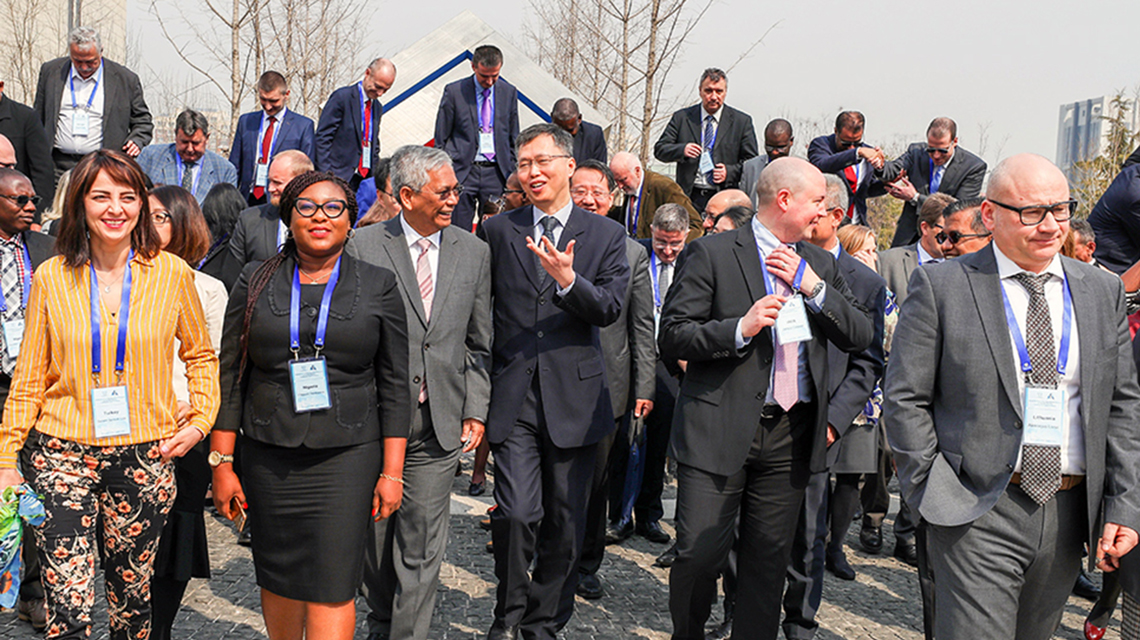Sharing global resources through international cooperation
An example of the efficient use of global resources is cooperation in training activities and the international use of facilities, such as China’s State Nuclear Security Technology Center, an NSSC member and this year’s host. Of the 3000 participants trained at the training centre since its opening in 2016, 700 came from outside China, said Deputy Director General Zhenhua Xu. “Nuclear security is the responsibility of every single individual in the nuclear sector – training is therefore a central element for strengthening nuclear security capacity,” he said.
The facilities at the centre, located on an 8 hectare modern campus in suburban Beijing, include a nuclear material accounting and control training facility, a physical protection testing field equipped with barbed wires, video cameras, other intrusion detection devices and radiation monitoring gates and an emergency response simulation room. The centre also has an analytical laboratory, which provides analysis of nuclear material focusing on the quantification of uranium and or plutonium in samples to check whether any nuclear or other radioactive material may have gone missing. Another laboratory enables nuclear security practitioners to test whether nuclear security equipment can withstand extreme weather events and remain functional. A virtual shooting gallery and an area that is a mock nuclear facility allow security guards to train on how to fight terrorists inside a power plant. Elevated platforms enable trainers to monitor the training from above and provide instructions.
Meeting participants had an opportunity to use the facilities, including the so-called hold-up laboratory, which measures nuclear material in pipes. This is important to see whether the full nuclear material is accounted for. “If something is held up in the bend of a pipe, we know it is not stolen,” Mr Xu explained.
Preparedness and coordination are key to sustaining nuclear security, and the participants were able to see how China, which operates 42 nuclear reactors and has 13 more under construction, is approaching it, said James Conner, the IAEA nuclear security officer working with the NSSC network. “Countries with smaller nuclear programmes shouldn’t feel pressured to build facilities like this – with proper planning they can establish a centre more suited to their national needs while also taking advantage of what countries with major nuclear power programmes can offer,” he said.

